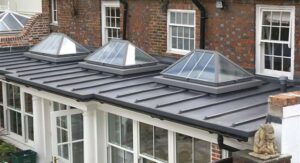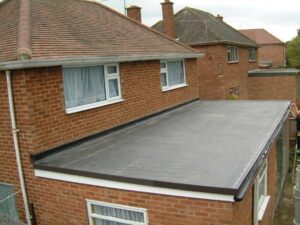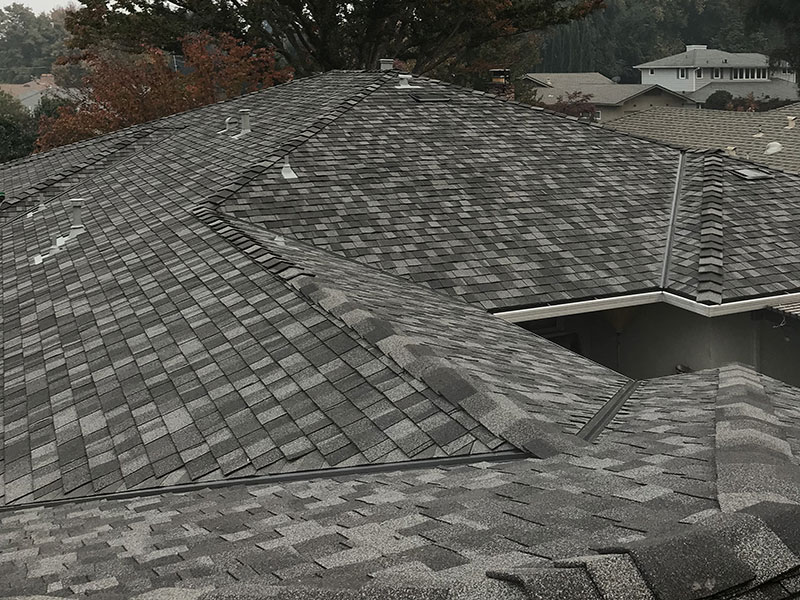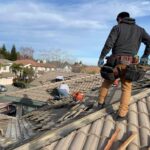Flat Single Ply Tpo
Frequently Asked Questions
Is TPO single ply?
Thermoplastic Polyolefin is a single–ply roofing membrane that is one of the fastest growing commercial roofing systems on the market. TPO roofing systems are made up of a single layer of synthetics and reinforcing scrim that can be used to cover flat roofs.
How is TPO roofing applied?
The TPO membrane can be attached to the cover board with a bonding adhesive or mechanically fastened. When the membrane is rolled out, the contractor then returns and uses a hot-air gun to hot air weld the seams together.
Is TPO a good roof?
TPO is very good at resisting dirt build-up, punctures, and tears as well. … The use of TPO on your roof can mean lower cooling costs due to UV resistance. While TPO is energy efficient, it is also made from environmentally friendly products.
Is TPO good for flat roofs?
TPO roofing systems are composed of a single layer of synthetics and reinforcing scrim, which is engineered to cover flat roofs. Superior to hot tar roofing, TPO membranes are strong, durable, and flexible. … With a lifespan of 30 or more years, it is perfect for commercial and industrial buildings with flat roofs.
How many years does a TPO roof last?
A well-installed TPO roof has roof longevity, or lifespan, of twenty-two to thirty years.
How do I protect my TPO roof?
While it is possible to install a new roof over the old one, it is not a good idea in the long run. Materials like shingles are ideally installed as flat as possible, which is something that can’t be done if the old roof is still present. There’s also the weight concern, as the roofing weight is practically doubled. Finally, if the roofing structure or insulation has hidden issues, there will be little chance to get it fixed.
Is a TPO roof expensive?
Generally speaking, TPO roofing will cost between $3.00 and $5.00 per square foot to install. This is slightly more expensive than what you’ll find with a tar and gravel roof option, but can be a bit more cost effective than the normal prices seen with the installation of a PVC roofing system.
What Other Benefits Can I Expect From TPO Roofing?
On top of increased strength and weather tolerance, TPO roofs are also more flexible than other roofing materials. This makes them very easy to install. They also resist ultraviolet (UV) radiation and ozone exposure better than other roofing membranes, which means it can effectively reduce your property’s solar heat gain.
TPO roofs are also more compatible for mechanically attached roofs, such as fully adhered and ballasted roofs – two of the trickiest commercial roofs to which to fasten membranes. These benefits, on top of the higher energy efficiency, make TPO one of the most cost-efficient and effective roofs for commercial properties.





















